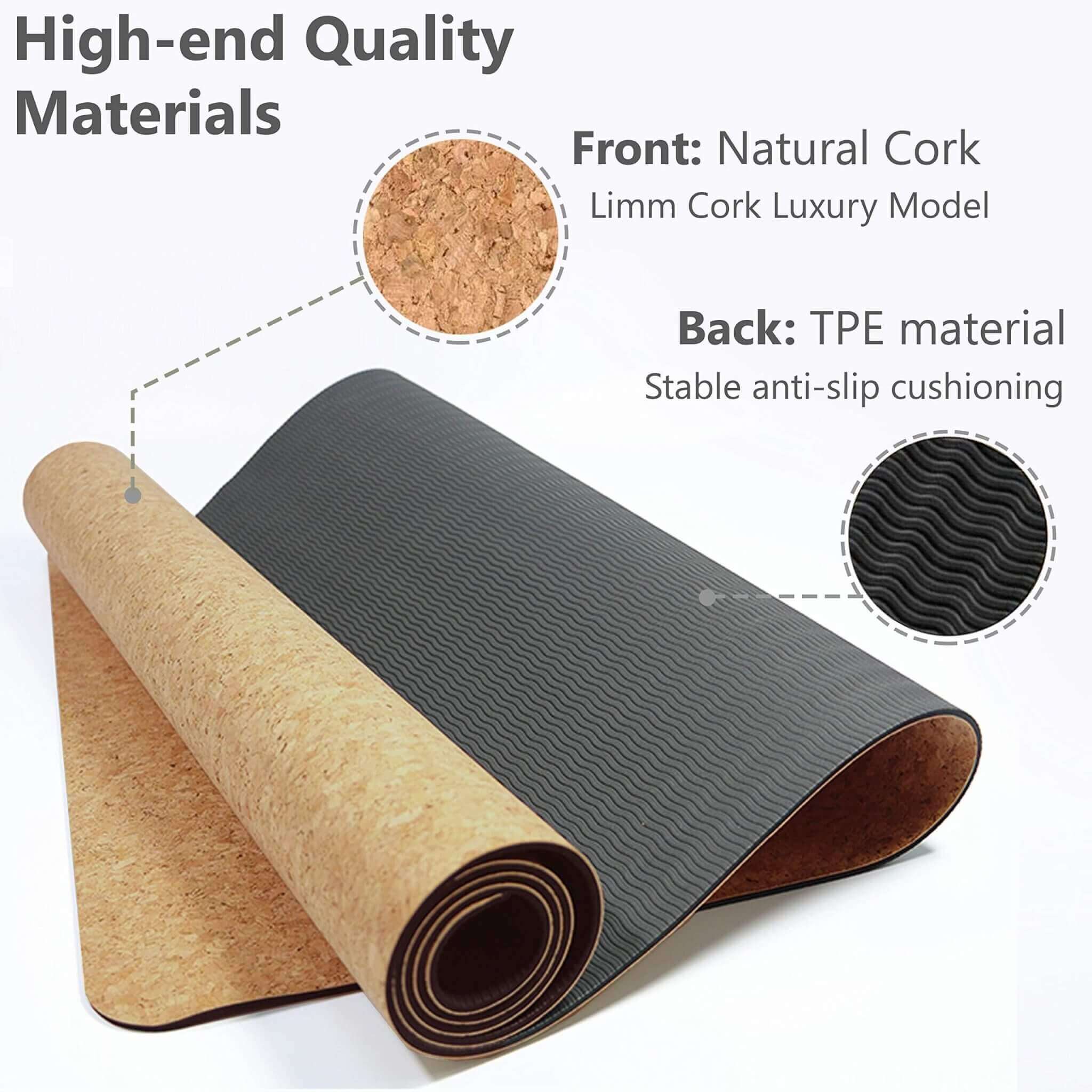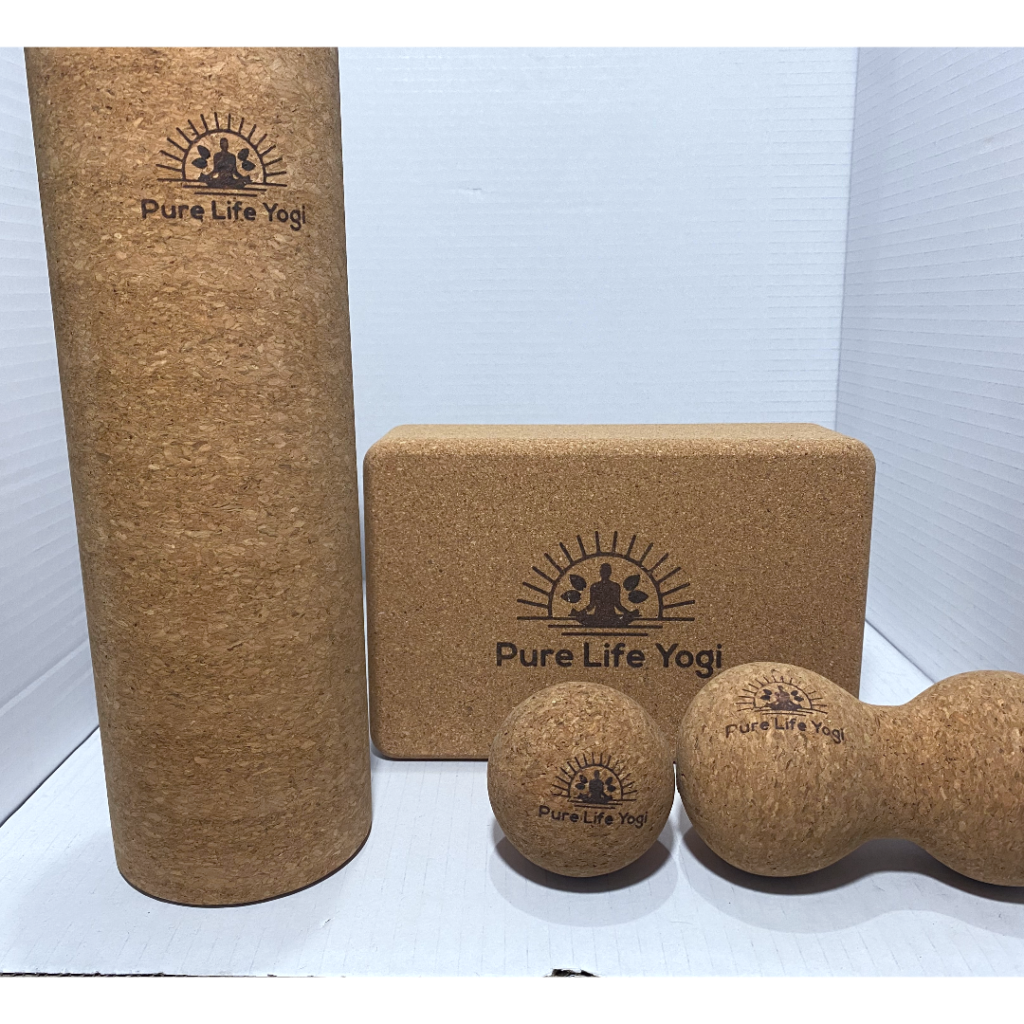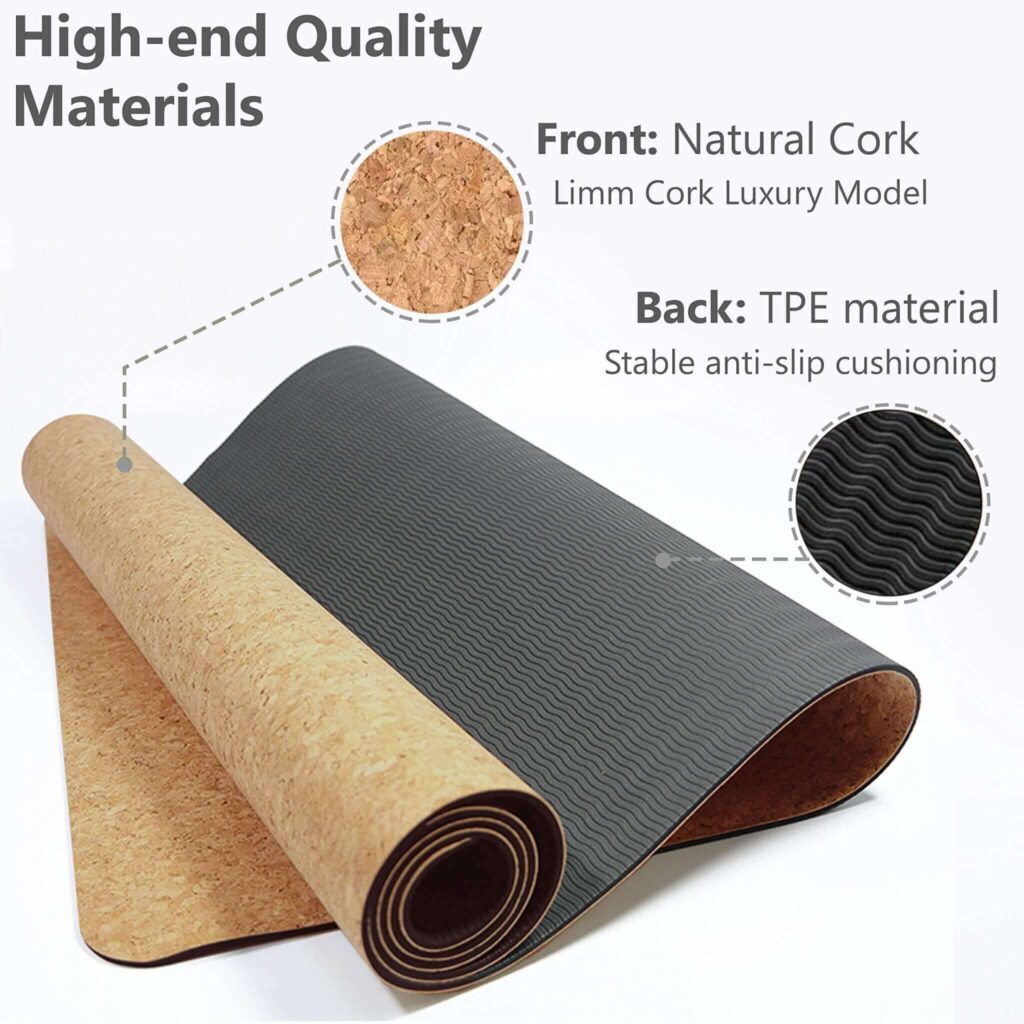In the world of yoga, practitioners strive for harmony and balance not only within their bodies but also with the environment. With increasing awareness of sustainability, yogis are now seeking products that align with their values. One such essential item is the yoga mat. In this blog post, we will explore the importance of sustainable yoga mats and provide guidance on choosing the right one. Additionally, we will highlight a few brands that are committed to producing eco-friendly yoga mats.

CORK YOGA MAT
Introducing our super light and all-round elegant cork yoga mat. The premium top layer of 100% natural raw cork provides a non-slip and antibacterial surface that requires minimal upkeep.
The Environmental Impact of Traditional Yoga Mats
Traditional yoga mats are often made from materials like PVC (polyvinyl chloride) and other synthetic substances. Unfortunately, the production and disposal of these mats have a harmful impact on the environment. PVC is a non-biodegradable material produced through a toxic manufacturing process. When these mats eventually end up in landfills, they release harmful chemicals into the soil and water, contributing to pollution. It’s clear that we need to consider the environmental consequences of our yoga gear choices.

Benefits of Using Sustainable Yoga Mats:
Sustainable yoga mats offer a host of benefits, both for the planet and our personal well-being. They are typically made from natural, biodegradable materials such as natural rubber, cork, or organic cotton. These materials are renewable, non-toxic, and have a lower impact on the environment compared to their synthetic counterparts. When you practice on a sustainable mat, you reduce your exposure to harmful chemicals and ensure that your practice is in harmony with nature.
How to Choose the Right Sustainable Yoga Mat:
When it comes to selecting a sustainable yoga mat, there are a few key factors to consider. First and foremost, look for mats made from natural and eco-friendly materials. Natural rubber mats are a popular choice as they are sustainable, provide excellent grip, and offer cushioning for your joints. Cork mats are another great option, as cork is a renewable material that provides a unique texture and antimicrobial properties. Additionally, consider the thickness, grip, durability, and ease of cleaning when making your decision.

Cork Yoga Mats
The dense 100% natural tree rubber base delivers unrivaled comfort, yet firm enough for stability poses. Our sustainable mats are chemical free and eco-friendly, that means they’re free of latex and PVC’s!
Brand Awareness:
Several brands have emerged as pioneers in producing sustainable yoga mats. One such brand is “EcoYoga,” known for their eco-friendly yoga mats made from natural rubber and jute. These mats are biodegradable and contain no toxic chemicals. Another brand, “Yoloha Yoga,” offers mats made from a unique blend of natural cork and rubber. These mats are not only sustainable but also provide a firm grip and antimicrobial properties. By supporting these brands, you are not only choosing sustainability but also promoting a culture of conscious consumerism.
Maintaining and Caring for Sustainable Yoga Mats:
To ensure the longevity of your sustainable yoga mat, it’s essential to adopt proper maintenance and cleaning practices. Most natural rubber and cork mats can be cleaned with a mixture of water and mild soap or vinegar. Avoid using harsh chemical cleaners, as they can degrade the materials over time. Additionally, roll your mat instead of folding it when storing to prevent creases and damage. By taking good care of your mat, you can enjoy sustainable yoga practices for years to come.

Non-Slip Cork Yoga Mat
ntroducing our super light and all-round elegant cork yoga mat. The premium top layer of 100% natural raw cork provides a non-slip and antibacterial surface that requires minimal upkeep.
Conclusion:
Choosing a sustainable yoga mat is a small step that can make a significant impact on the environment and your own well-being. By opting for mats made from natural and biodegradable materials, you reduce your carbon footprint and minimize exposure to harmful chemicals. Remember to consider factors like material, grip, and maintenance when selecting a mat. Let’s make conscious choices, on and off the mat, and contribute to a greener, more sustainable world.






